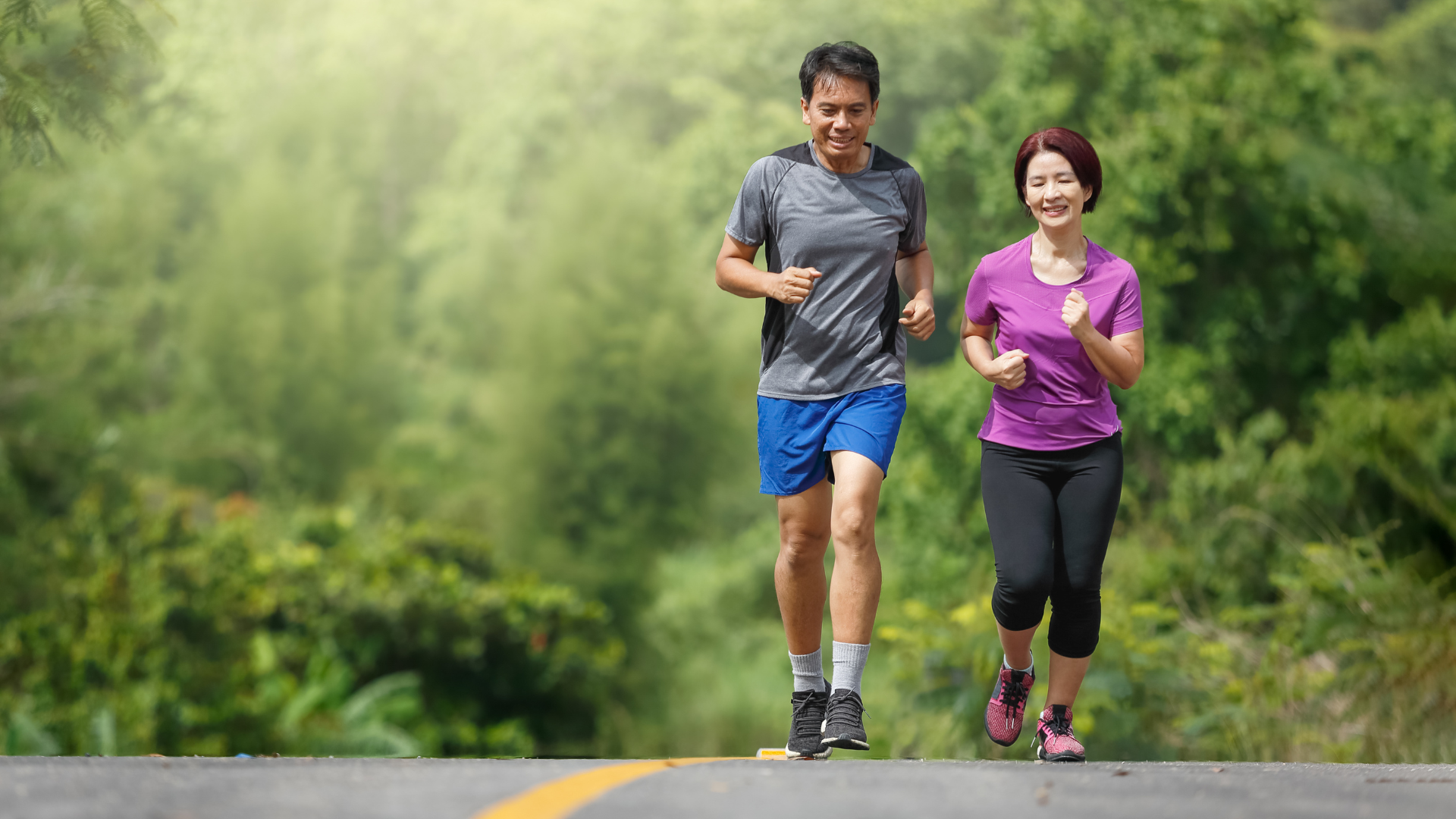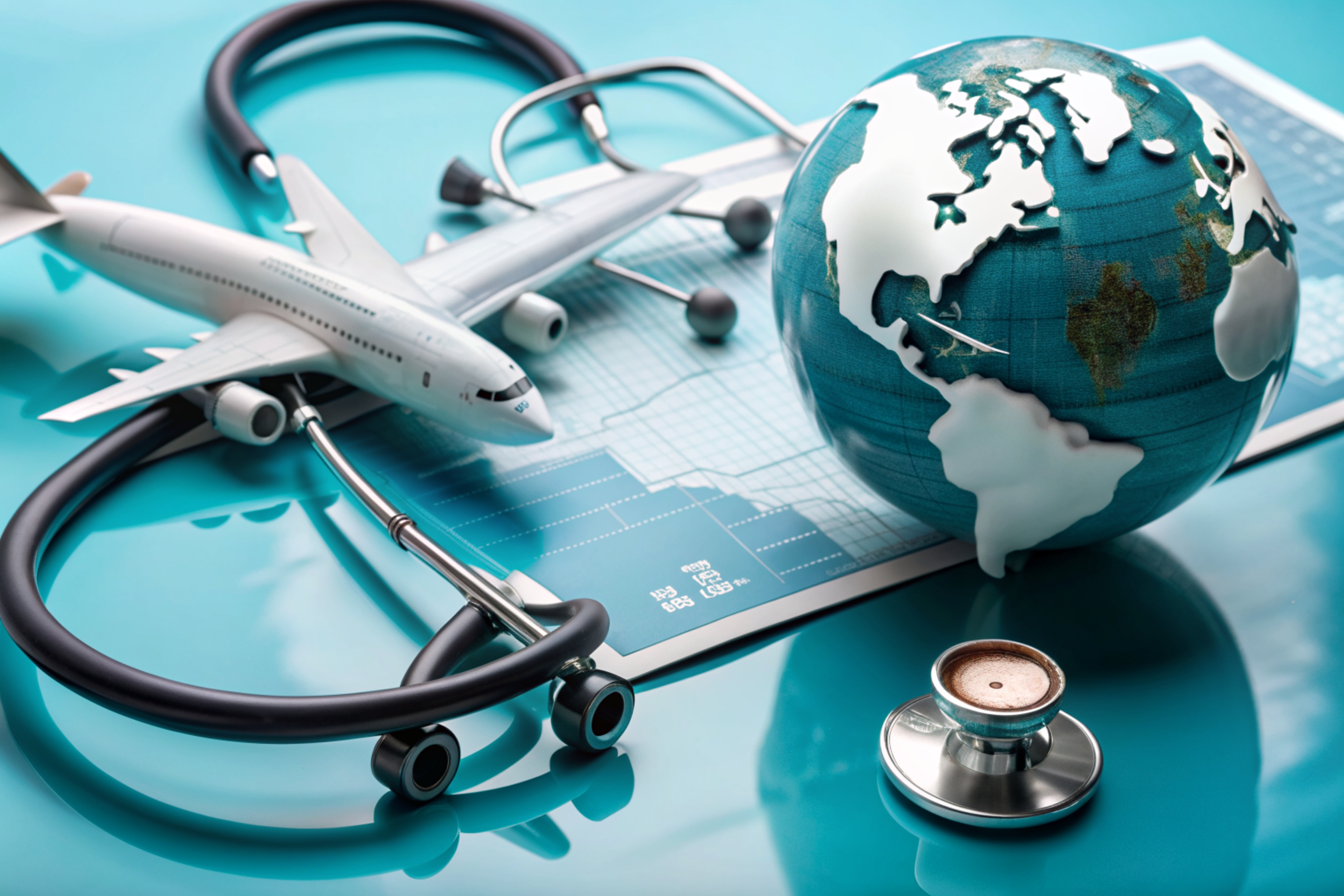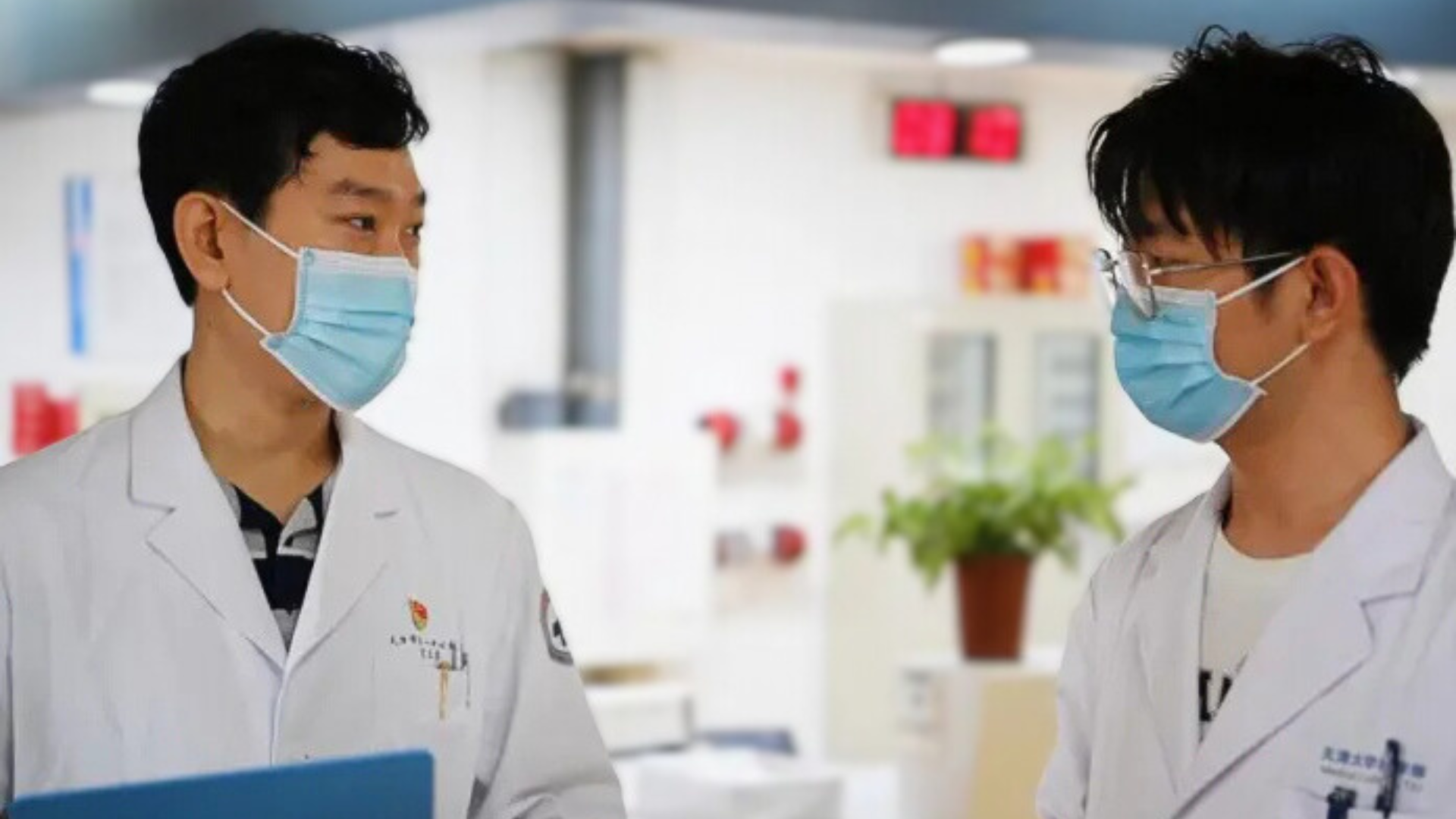
Does jogging really cause "osteoarthritis"?
Beginner runners or those who want to start exercising by jogging may worry that running causes osteoarthritis. This concern arises because running puts weight on the knees and legs, and if done incorrectly, it can cause knee pain, leading many novice runners to avoid running altogether. However, others suggest that running can actually help reduce the symptoms of knee osteoarthritis. So, how do we know if running is beneficial or harmful to our knees? Let’s find out from an orthopedic specialist.
Beginner runners or those who want to start exercising by jogging may worry that running causes osteoarthritis. This concern arises because running puts weight on the knees and legs, and if done incorrectly, it can cause knee pain, leading many novice runners to avoid running altogether. However, others suggest that running can actually help reduce the symptoms of knee osteoarthritis. So, how do we know if running is beneficial or harmful to our knees? Let’s find out from an orthopedic specialist.
How are jogging and the knees connected?
Jogging requires various parts of the body to work together, including the spine, hips, knees, and especially the ankles and joints in the feet, which need to handle more weight and impact than usual. Therefore, it is not surprising that when we think about running, we often picture the knees and joints enduring heavy impact.
In reality, running correctly and consistently can help prevent the early degeneration of joints. On the other hand, abruptly stopping running or lacking proper exercise is a greater risk factor for joint deterioration.
Research by Eliza Chakravarty from Stanford University studied 45 runners and compared them with a group of 53 non-runners over 18 years. The study found that the incidence of knee osteoarthritis in the running group was 20% lower than in the non-running group. Another study published in 2013 by Paul Williams, involving 74,752 runners compared with 14,625 walkers, found that people who ran about 2 kilometers per day had a lower rate of knee osteoarthritis and hip replacement surgeries. Additionally, fewer problems were reported in the running group than in the walking group. The study also found that one key factor related to the occurrence of osteoarthritis is being overweight, which is less common among runners. However, runners who engage in other types of exercise were found to have a higher incidence of osteoarthritis.
How does running help reduce the incidence of osteoarthritis?
Running helps reduce the incidence of osteoarthritis because each step puts pressure on the articular cartilage, which acts like a sponge absorbing impact in the joint. The rhythmic pressing and releasing during running increases fluid circulation in the joints. This appropriate and regular pressure stimulates the creation and repair of worn cartilage, reducing the risk of osteoarthritis.
However, after intense exercise, the body needs time to recover. It is recommended to incorporate flexibility exercises into your routine throughout the week to allow the body to repair and create new tissues.
Advice for beginner runners
For beginner runners, it is recommended to start by running continuously for 10 minutes and gradually increase the duration to 30 minutes over at least 5 weeks. Additionally, stretch your muscles before running, choose appropriate shoes, and while running, place weight on the heel. When nearing the end of your run, gradually slow down and walk for a while to help reduce muscle pain the next day.
If knee or joint pain persists after following these guidelines, consult an orthopedic specialist to determine the root cause and receive appropriate treatment.
Dr. Nithiwut Pinsiranon
Orthopedic Surgery/Hip – Knee Arthroplasty
Orthopedics Center
Source: Nakornthon Hospital.
Source: ArokaGO Osteoarthritis Symptoms.
Articles in this category are written by our editorial team to keep you informed about the latest healthcare and medical tourism news.

